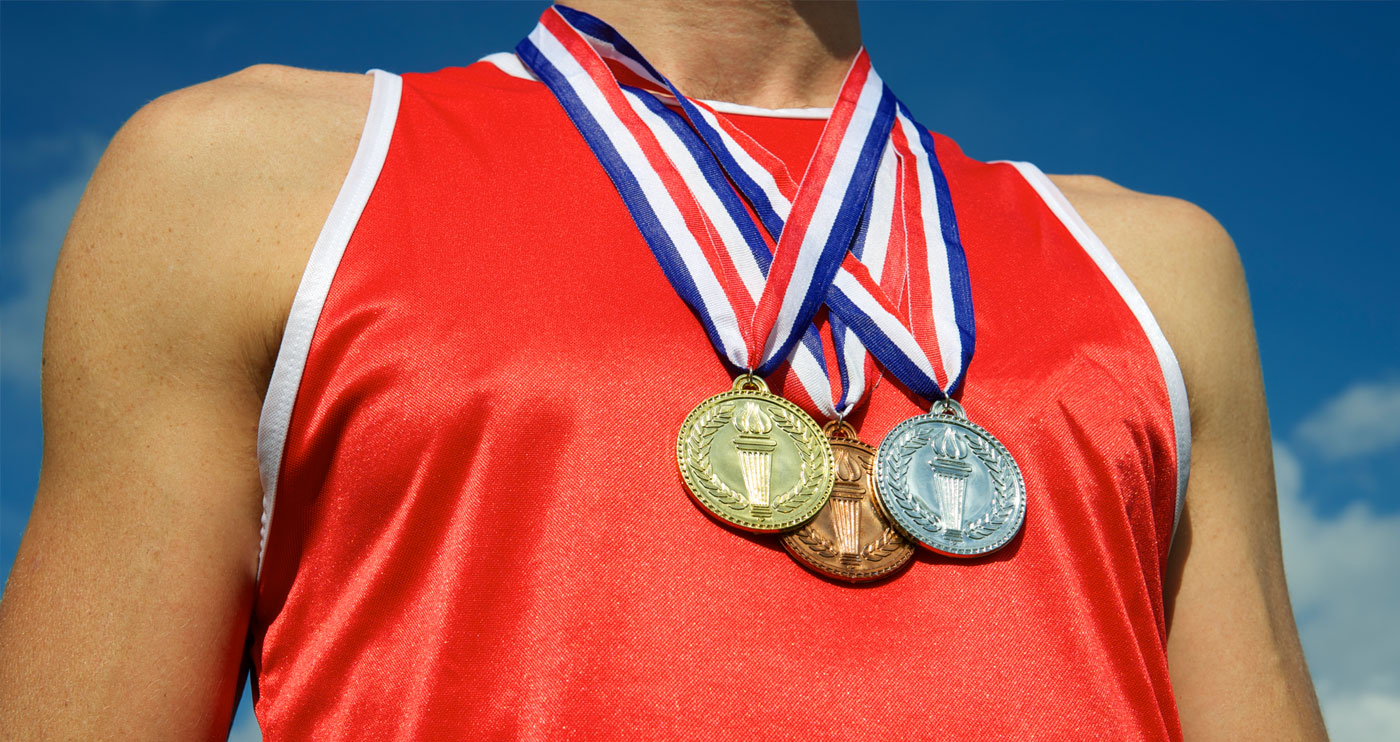
Being an elite athlete doesn’t just take practice and dedication — it also requires a lot of food. Long hours of hard training burn thousands of calories, which athletes need to replenish in a way that supports their bodies. Here are how the top athletes in the world take care of their dietary needs:
Carbs Are on the Menu
Many Olympians eat balanced diets that include carbohydrates. Carbs are important for post-workout recovery, helping the body to replenish glycogen stores in muscle tissue. Some carbohydrate sources, like fruit, also contain potassium and other important electrolytes.
Tennis champion Naomi Osaka has a green smoothie with spinach, kale, an electrolyte supplement, and kiwi. Before matches, she enjoys plain pasta with chicken. Other Olympians are less exacting — Simone Biles, for example, points out that athletes in some disciplines can run into trouble if they attempt to control their intake too strictly. She eats intuitively, sticking to the foods that she feels good with. That can range from pizza to salmon and vegetables.
Ultimately, there are no hard and fast rules for how an Olympic athlete should eat. Every diet varies by individual and sport. Some might burn over 2,000 calories during an endurance event, while athletes in different disciplines will only use a fraction of that. Some may excel with an average intake of 2,000 calories per day, while others’ needs can top 10,000. By the time an athlete manages to reach an elite level, they know which foods help, which hinder, and how to eat to keep themselves in top form.
The Secret Is That There Is No Secret
In many cases, eating like an Olympiad is less about maintaining a perfect balance of nutrients and macros and more about meeting their energy and tissue repair needs. For the average person, there isn’t a real benefit to following an Olympic athlete’s diet — without a training schedule to match it, it’s not likely to lead to better health or a healthier body composition. Even for elite athletes, dieticians recommend an overall balanced diet that still leaves room for occasional indulgences.
That aside, there are some Olympic diet tricks that the average person can use:
Eat More Avocados
Avocados are full of natural anti-inflammatory compounds and healthy fats that aid muscle repair. They’re also packed with potassium and magnesium to help replenish electrolytes lost during an intense workout. Paralympian volleyball player Kaleo Maclay liked avocado toast with oatmeal or yogurt, while Katie Ledecky adds it to salads with chicken and pasta.
Build Your Diet from High-Performance Foods
These are the foods that every doctor and dietician recommends — fruits, vegetables, whole grains, lean protein sources, and healthy fats. The less processed these foods are, the better. For produce and grains, minimal processing leaves more of their important fiber, vitamin, and mineral content intact.
Know-How to Carb Load
Athletes in endurance sports often load up on carbohydrates before an event. This ensures that they have enough energy stored to power through. Many people picture carb loading as eating a giant plate of pasta, but, in reality, an athlete’s more likely to have a smoothie, oatmeal, or fruit.
Know When to Snack
It’s important to eat before working out, even if you don’t need to carb load. Short workouts can benefit from a snack with some carbohydrates, while longer ones also call for a bit of fat or protein. After a workout, eating a small snack can help with recovery. The best choices are high in fluids and electrolytes, while also supplying some carbs and protein.
Drink More Milk
Milk is one of the best choices after a workout. It’s got a high-water content, provides potassium and sodium, and contains fat and protein. If you don’t drink dairy milk, look for an alternative that meets the same criteria.
The average person would do themselves more harm than good by strictly following an Olympic athlete’s diet, but that doesn’t mean that they can’t use some of their techniques. Even if you don’t have the caloric needs of an endurance runner, building your diet from high-performance foods, knowing when to snack, and including foods that help with muscle repair and post-exercise recovery can still up your workout game.